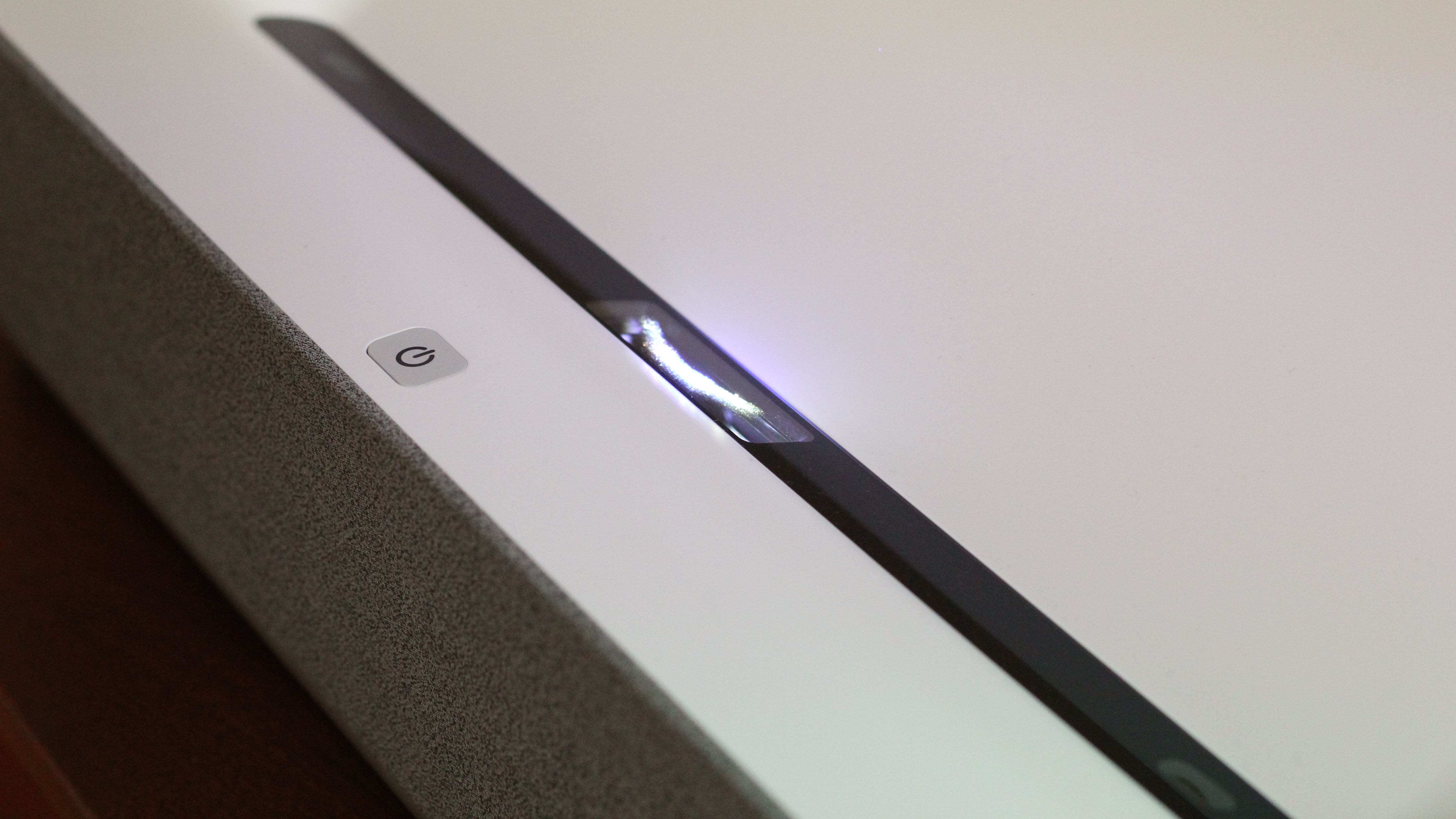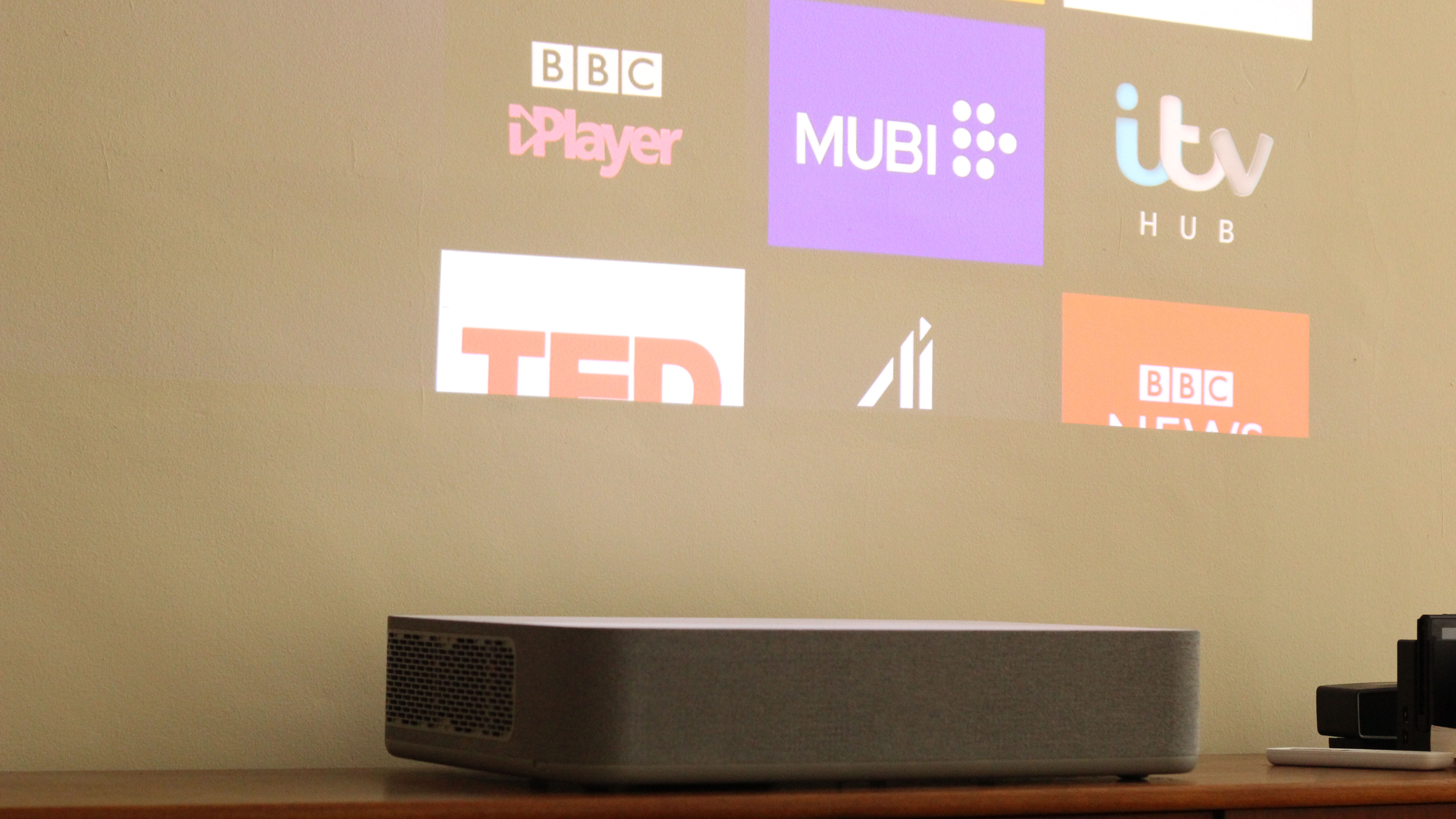I never wanted a 4K projector – here’s why I changed my mind
Ok, ok, hear me out. I was never that fussed about having a 4K projector in my home.
In my mind, a high-performing television was usually cheaper than an equivalent projector, would hold up better in well-lit environments, and wouldn’t have a fan whirring loudly in the background while it was running.
Not to mention the software on projectors, which are usually stuck with old smart TV platforms that pale in comparison to the latest UI enhancements on the best Samsung TVs, best LG TVs, or otherwise.
If I was looking for an upgrade on my current setup, why not just get a new 4K TV instead?
My mind changed, though, when testing out the Vava 4K laser projector, a crowdfunded model we ended up giving 4.5 stars in our review (and adding to our list of the best projectors available today). Here’s how it won me round.
Lasers and lockdown
One of the biggest perks to a capable projector is the maximum image size, which often sits in the 80-100 inch range, if not as large as 150 inches.
This was never really an option for me, given the size of the flat I rent in London. I could just about fit a 55-inch television on the counter in my living room, with 65-inch televisions (depending on the height of the stand) sometimes having to sit rather unceremoniously on the floor.

As a rented property, I wasn’t installing any projectors in the ceiling either, and standard projectors that need a bit of a distance from a wall or screen didn’t have a convenient place to put them. Ultra-short throw projectors – which can be placed almost flush against the projected surface – got around this rather nicely, but I’d still be stuck projecting at around 65 inches, meaning I couldn’t get the full effect of what more impressive projectors were capable of compared to the TVs I was reviewing.
That changed when lockdown went into effect in the UK back in March. I was staying at my girlfriend’s flat on the other side of London, and ended up staying to ride out what we imagined would be a few weeks of entrapment at most. (As you know, reader, I was wrong.)
What this new flat did have, was a slightly larger living room. With a wall that could feature up to 120 inches of projection, and a sofa sat nine feet away (rather than the six feet distance at my own apartment), I was able to enjoy the conveniences of a far larger projection – and it was hard to readjust to staring at a 65-inch screen after that.
Not to mention the benefit of being able to restore the wall to, well, a regular wall when I wasn’t using the projector – which was about 22 hours of the day. At a time when I couldn’t go out to the cinema, and was stuck in this living room most of the day, not having a massive black rectangle in my eyeline at all times was something of an improvement.
A projection image I could control the size and placement of – even switching it off entirely – was absolutely the best solution for keeping the room from feeling crowded.

Seeing the light
Some of this is simple maths: a bigger wall or screen lets you fit a bigger image, and a bigger viewing distance increases the image size you can comfortably fit in your view. This will obviously only apply if you have the square footage to make use of it – which not all of us have.
But for making a lockdown sentence easier to live with, and replicating some of the effect of watching movies on the big screen, I found a 4K projector was one of the best things I could have brought into the home. And even if you don’t have the space for a 150-inch projection, you may find the space-saving advantages of a projector are worth the switch from a regular television screen.
My concerns over basic smart TV software were justified, but using a Roku Streaming Stick+ offered an affordable ($49 / £49 / AU$79) way to upgrade the operating system and offer up-to-date app support, and worked well in tandem with the projector's other strengths.
That said, I did find the increased light of the summer months less conducive to a projector, which – even more so than LCD TVs – requires a relatively dim level of environmental light to keep images visible.
If you experience a lot of light leakage in the summer evenings, or don’t want to huddle on the sofa with the curtains drawn in the middle of August to make out the action shots in The Old Guard, then you might want to stay put with your current setup for now.
- Here are the best projectors you can buy
from TechRadar - All the latest technology news https://ift.tt/2DWvqp2

Comments
Post a Comment